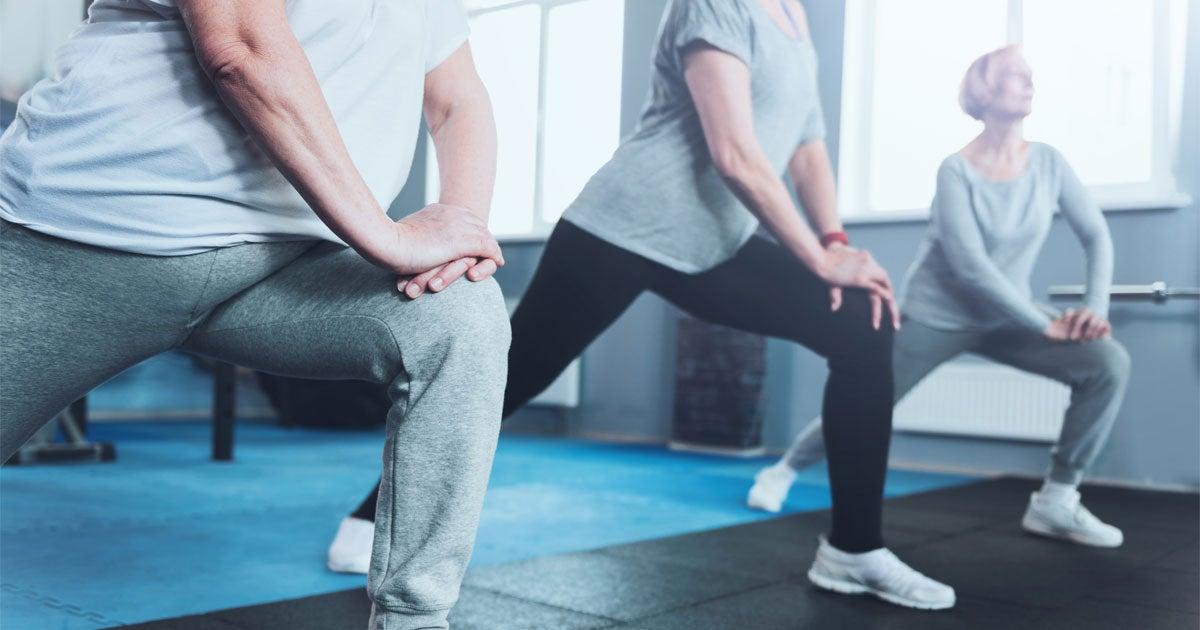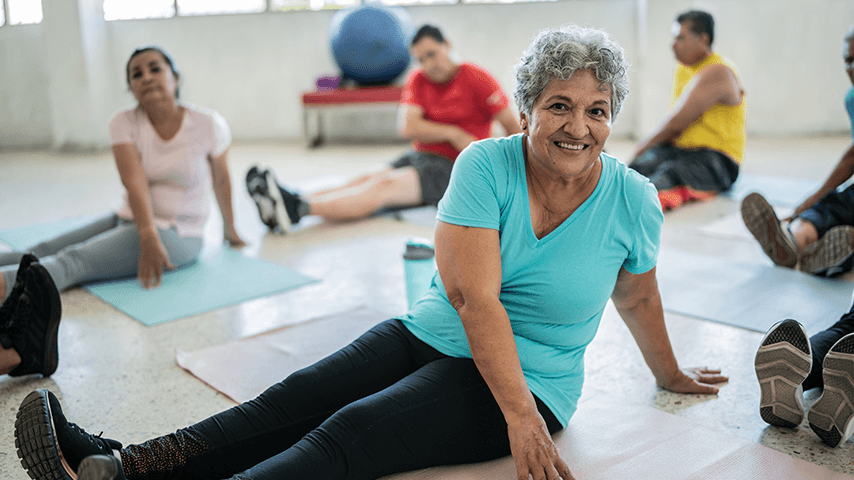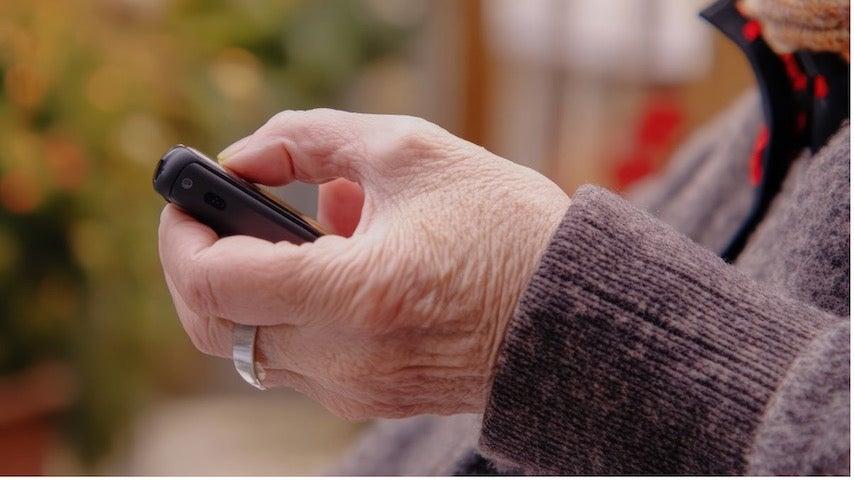
Related Topics
In May of 2021, my father fell, and he did not survive the fall. For this reason, I am passionate about falls prevention for older adults.
Tragedies like my father's fatal fall impact thousands of Americans daily. More than 36 million adults 65+ fall each year, resulting in more than 32,000 deaths. Every year, about 3 million older adults are treated in emergency departments for a fall injury, with one out of every five falls causing an injury, such as broken bones or a head injury. Each year, at least 300,000 older adults are hospitalized for hip fractures caused by falling.1
And while it's heartening to be part of an ever-expanding falls prevention conversation that stresses such topics as safety in the home, stengthening and balance-building exercises, and falls-prevention checklists, we must not overlook a key aspects of falls prevention: shoes.
Why choosing the right shoes is important for preventing falls
Wearing shoes that don't fit well is common in older adults and strongly linked to foot problems and foot pain.
Lack of proper footwear can have a negative impact on a person's health and well-being, the ability to live independently, community involvement, and economic stability.
Also, research has found that with increasing life expectancy has come an increase in foot problems. Several studies suggest foot disorders affect between 71% and 87% of older adults and are a frequent cause of medical and foot care.2
Among the common diseases that affect overall foot health, and a person's ability to walk comfortably: gout, diabetes, neurological disorders, and arthritis.3 But while foot pain is common and disabling, conservative interventions such as routine foot care, footwear advice, and foot orthoses like supportive insoles are effective at reducing foot pain. They may also help older adults maintain mobility and independence and lower their risk of falling.3
Of the many risk factors found to increase a person's likelihood of falling, some can be changed or modified to help prevent falls. Those include:
- Problems with walking and poor balance
- Foot pain
- Poor footwear
Shoes linked to an increased risk of falling include:
- Shoes with inadequate fixation (no laces, straps, or buckles)
- Increased heel height (greater than 4.5 cm, or about 1 3/4 inches)
- Narrow heel (less than 20% width of the heel)
- A reduced contact area of the sole and smooth tread
Ways to help older adults who have foot pain and reduce their risk of falling: switching to shoes with better cushioning under areas of high pressure, as well as seeking podiatric care.4
How is Samaritan's Feet helping older adults at risk for falling?
Over 30 years ago, a young Nigerian boy, Manny Ohonme, received his first pair of shoes at the age of 9. It changed his life, and now the founder, president, and CEO of Samaritan's Feet International wants give others that same opportunity for change and impact. Samaritan’s Feet aims to inspire hope through the gift of shoes, the act of washing feet, and encouragement to those who need it most.
Samaritan’s Feet believes a new a pair of shoes and the act of foot-washing can:
- Provide protection for older adults from falls, while increasing mobility and independence
- Protect feet and decrease the possibility of getting a foot-borne disease
- Propel older adults toward a more comfortable, happy life while inspiring dignity and hope
Samaritan’s Feet takes the responsibility and opportunity to promote good health and share hope very seriously. Our organization partners with medical personnel and other organizations to provide treatment advisement, supplies, and proper medication for those in need.
With the establishment of Samaritan’s Feet Seniors, we are expanding our reach and mission of not only zero shoeless children, but zero shoeless seniors.
In addition to the message of hope and washing the feet of those in need, the senior program gives older adults a pair of anti-slip, lightweight shoes to improve foot health and mobility, while also providing them with dignity and hope. This will help those already suffering from foot-borne diseases and immobility.
Since its founding in 2003, Samaritan’s Feet has distributed shoes to over 8.8 million people. Samaritan’s Feet has served in over 550 U.S. cities and in 109 countries while establishing affiliate offices in Argentina, Brazil, Hong Kong, Nigeria, Peru, Philippines, and South Africa, so that we can serve effectively on the front lines in our battle against this epidemic. In 2022, Samaritan’s Feet hopes to serve over 1 million individuals around the world.
National Fall Prevention Awareness Week is upon us. Samaritan’s Feet Seniors desires to be part of the solution and to assist with the public health issues of falling and the impact those falls have not only on our aging population, but also their families.
We want to provide mobility, health, and wellness, but, more importantly, dignity and hope to the population that have supported and given so much to us. It is time we give back to them. We believe shoes provide, protect, and propel. Will you join in this impactful mission?
Visit the Samaritan's Feet website to find out more regarding our mission and our fight in the effort to eliminate this epidemic of falls and change the world forever.
Sources
1. Centers for Disease Control and Prevention. Keep on Your Feet—Preventing Older Adult Falls. Found on the internet at https://www.cdc.gov/injury/features/older-adult-falls/index.html
2. Rodríguez-Sanz D, Tovaruela-Carrión N, López-López D, Palomo-López P, Romero-Morales C, Navarro-Flores E, Calvo-Lobo C. Foot disorders in the elderly: A mini-review. Dis Mon. 2018 Mar;64(3):64-91. doi: 10.1016/j.disamonth.2017.08.001. Epub 2017 Aug 20. PMID: 28826743. Found on the internet at https://pubmed.ncbi.nlm.nih.gov/28826743/
3. Menz HB. Chronic foot pain in older people. Maturitas. 2016 Sep;91:110-4. doi: 10.1016/j.maturitas.2016.06.011. Epub 2016 Jun 22. PMID: 27451329. Found on the internet at https://pubmed.ncbi.nlm.nih.gov/27451329/
4. Richie, Douglas H. Preventing Falls in the Elderly: Where DPMs Can Have an Impact. Podiatry Today. September 2012. Found on the internet at https://www.podiatrytoday.com/preventing-falls-elderly-where-dpms-can-have-impact




